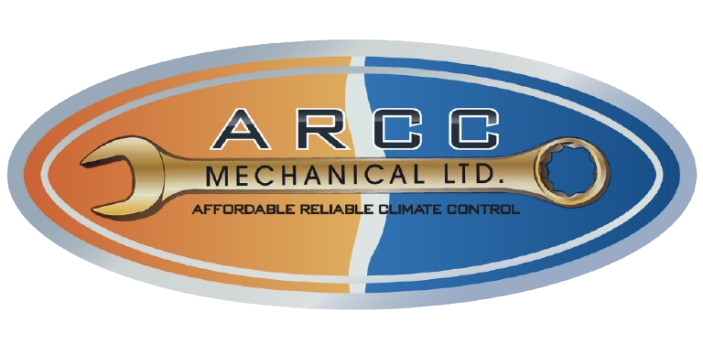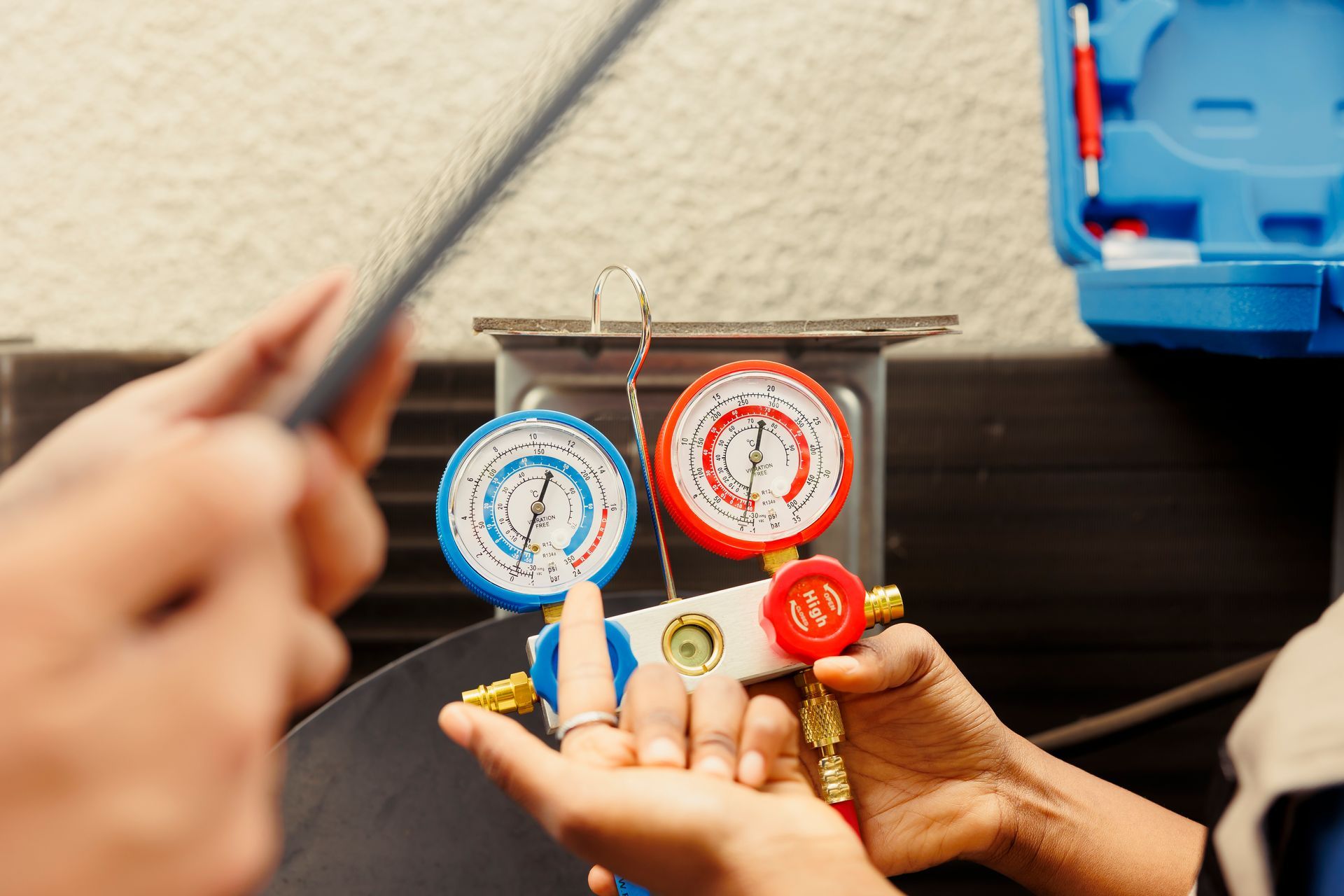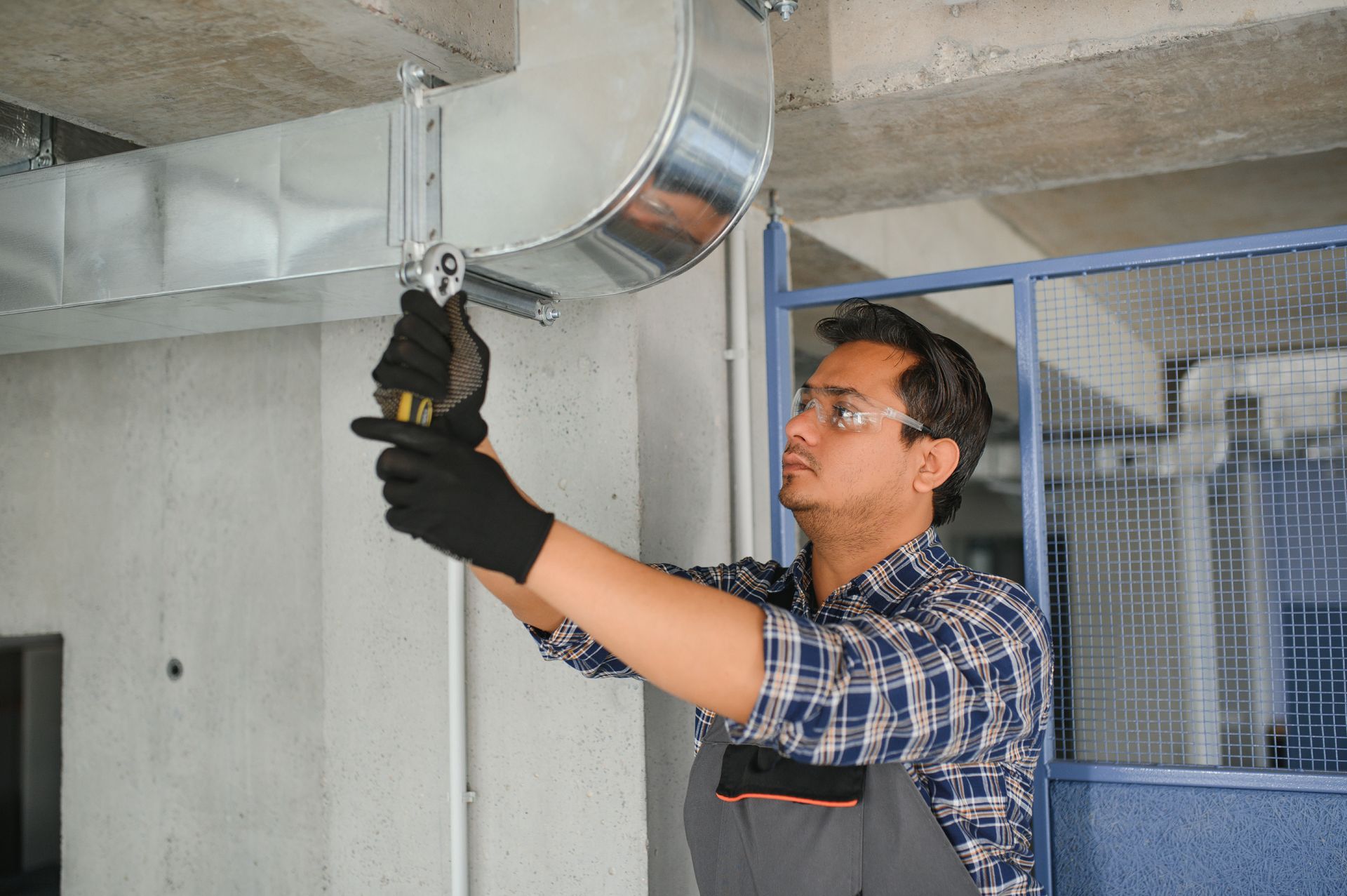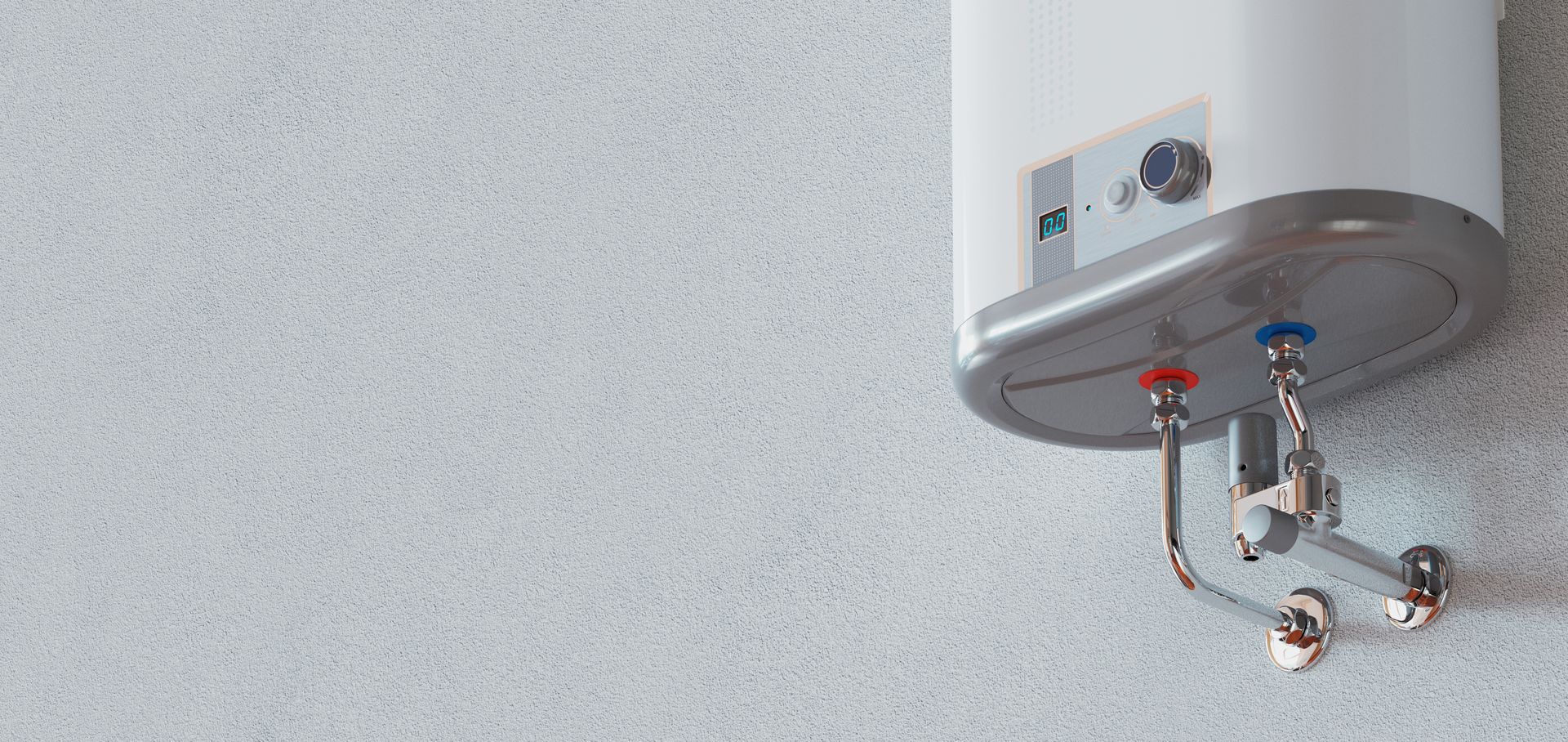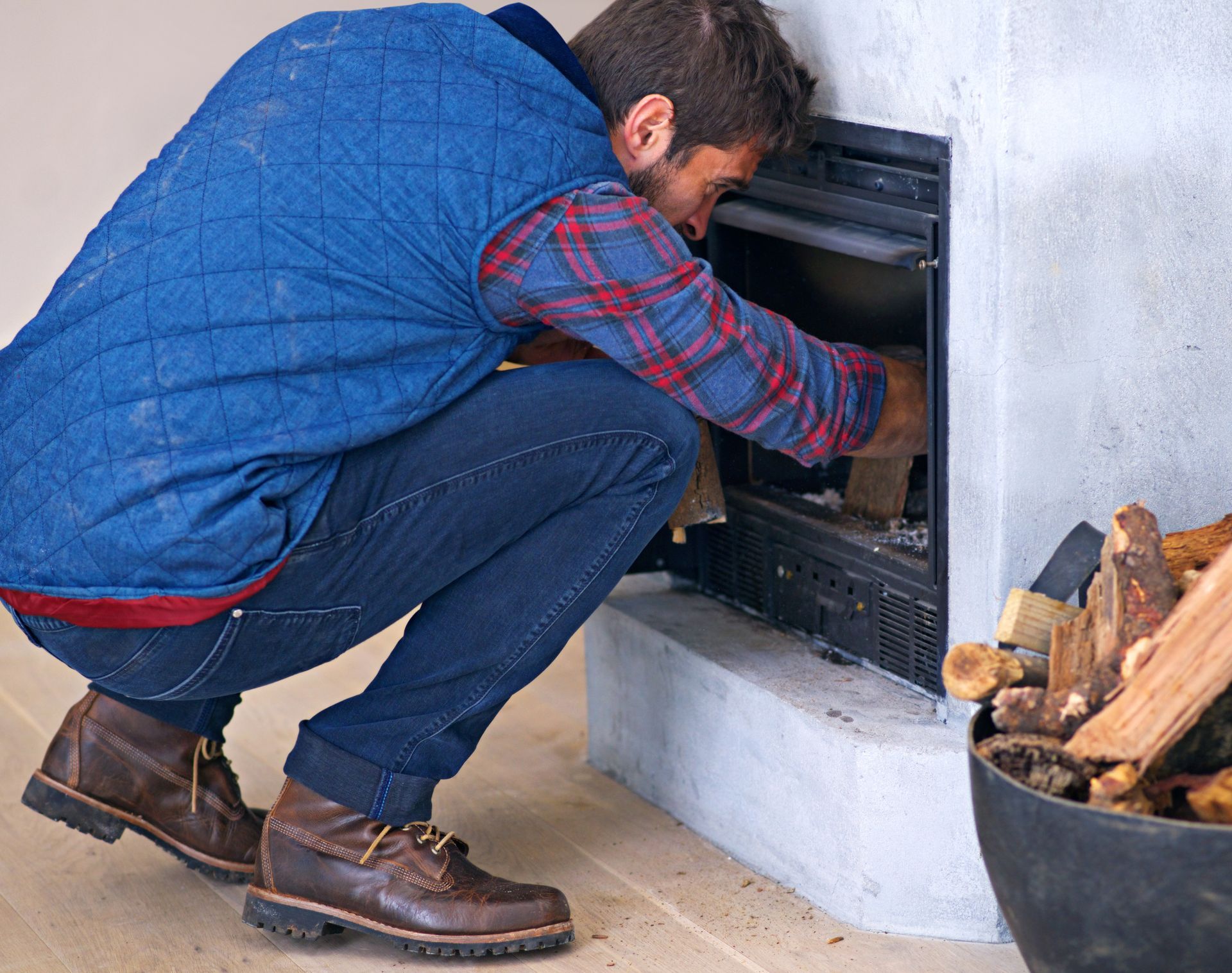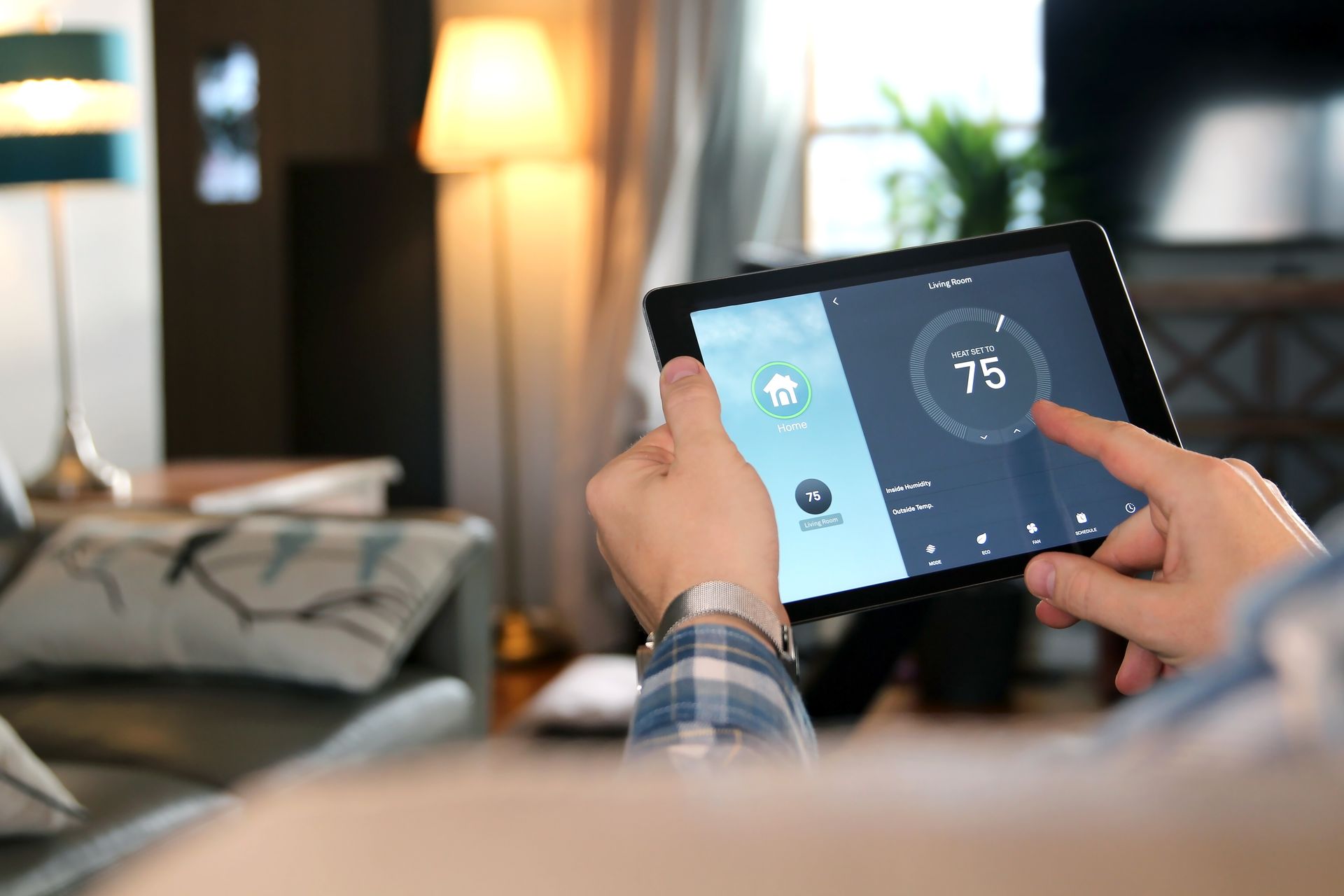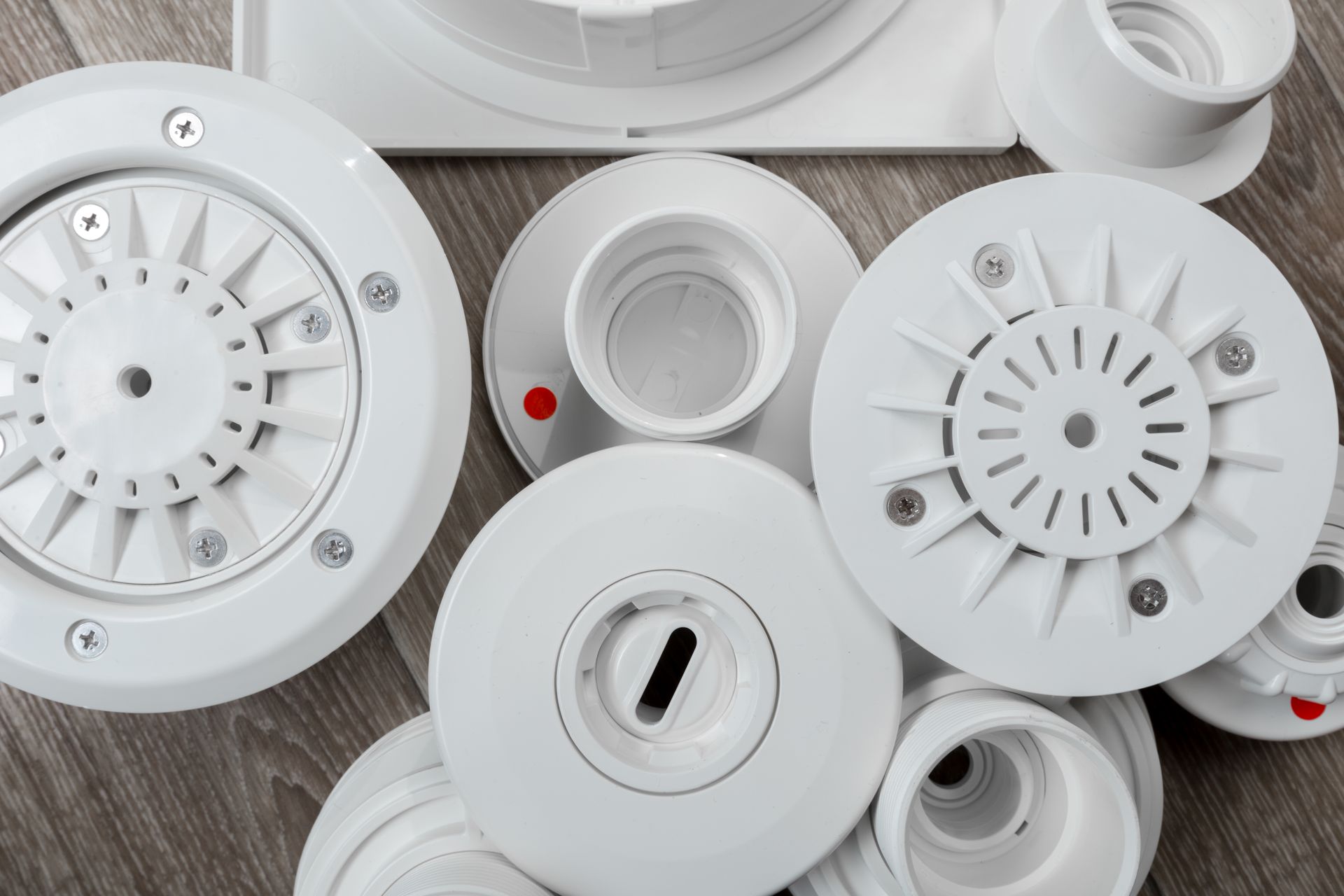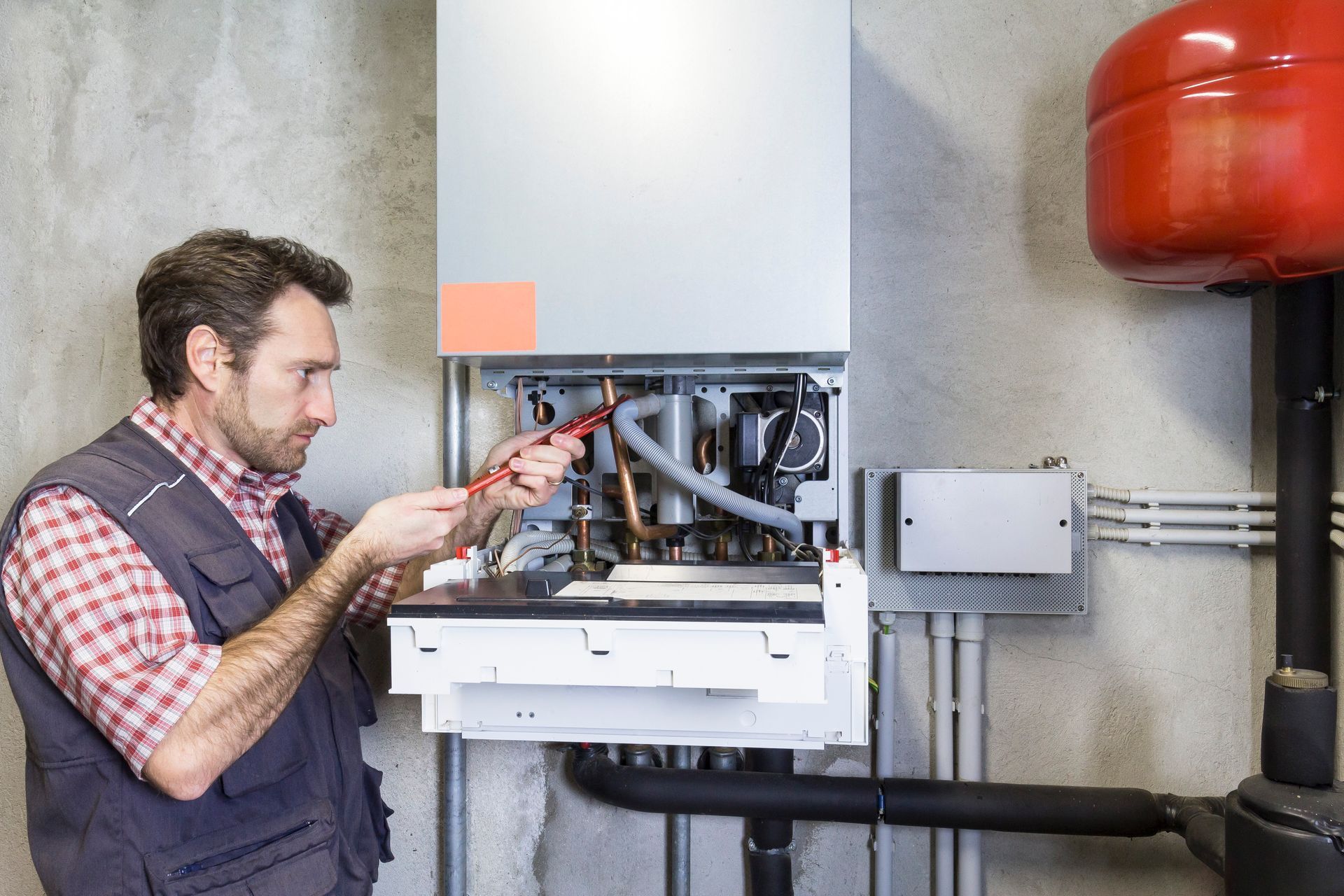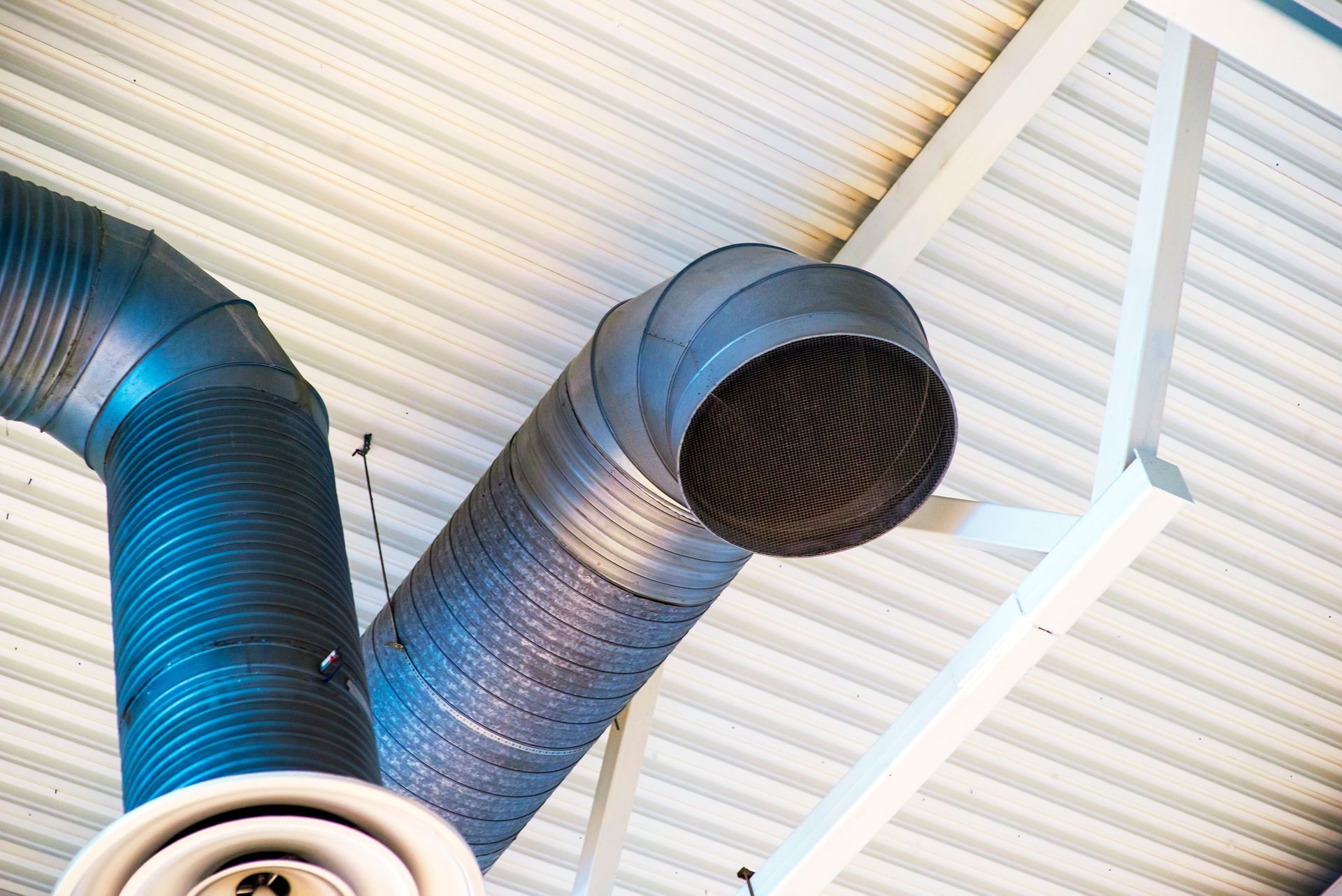HRV/ERV Systems: Improving Indoor Air Quality in Winter
Understanding how to maintain a healthy indoor environment during the winter months is essential for comfort and well-being. With homes sealed tightly against the cold, indoor air often stagnates, circulating potential pollutants. Enter HRV (Heat Recovery Ventilation) and ERV (Energy Recovery Ventilation) systems — two innovative solutions designed to enhance indoor air quality while conserving energy.
What Are HRV and ERV Systems?
HRV and ERV systems are types of balanced ventilation systems that refresh indoor air without significant energy loss. Both systems exchange stale indoor air with fresh outdoor air, but each brings its unique approach to the table.
HRV Systems are designed to transfer heat from outgoing stale air to incoming fresh air, effectively warming the latter without additional energy expenditure. This process is particularly valuable in cold climates where retaining heat is a priority.
ERV Systems go a step further by managing humidity alongside temperature. By transferring both heat and moisture, ERVs help maintain a balanced humidity level indoors, which is crucial in overly dry or humid climates.
Elevating Indoor Air Quality
Temperature and Humidity Control
One of the standout benefits of HRV and ERV systems is their ability to regulate indoor temperature and humidity efficiently. While HRVs focus on maintaining warmth, ERVs ensure that humidity levels remain comfortable. Excessive dryness can be as uncomfortable as humidity, making the ERV’s function essential in diverse climate conditions.
Energy Efficiency
HRV and ERV systems are champions of energy efficiency. Traditional ventilation methods often lead to significant energy losses as heated indoor air escapes. These systems minimize such losses by recovering heat from outgoing air, reducing the burden on your heating system and lowering energy costs.
Health Benefits
By constantly refreshing indoor air, HRV and ERV systems help reduce the concentration of indoor pollutants, allergens, and stale air, contributing to better respiratory health. Fresh air circulation is crucial in reducing the risk of respiratory issues, especially in homes with young children, elderly occupants, or those with certain health conditions.
Why Choose HRV or ERV?
Choosing between HRV and ERV depends on several factors, including your climate, home insulation, and specific air quality needs. If you're primarily concerned about maintaining heat, HRV might be your best bet. However, if humidity management is as crucial as temperature, ERV could be more beneficial.
Installation Insights
Both systems require professional installation to integrate seamlessly with existing HVAC systems. For efficient operation, these units should be correctly sized and strategically placed. It's not a one-size-fits-all scenario, as the best choice hinges on individual home requirements and climate considerations.
Maintenance Matters
Regular maintenance ensures these systems run efficiently. Keeping filters clean and monitoring core components extends their lifespan and maintains effectiveness in circulating and refreshing air.
Building a Healthier Indoor Environment
Incorporating an HRV or ERV system can significantly improve indoor air quality and energy efficiency, especially during the winter. These systems are an investment not just in your home, but in your health and comfort.
Wondering which system aligns with your needs? A.R.C.C. Mechanical is here to assist. With over 50 years of HVAC expertise, we’re committed to delivering tailored solutions for your specific situation. Reach out to us for a personalized assessment, ensuring optimal comfort and air quality in your home.
